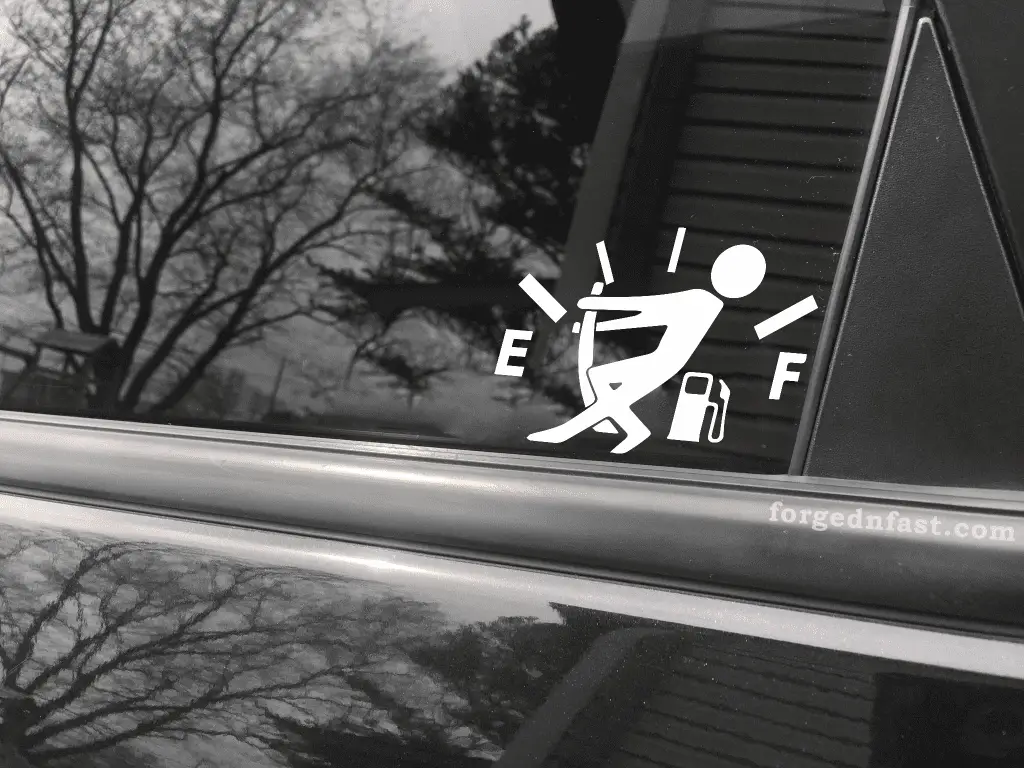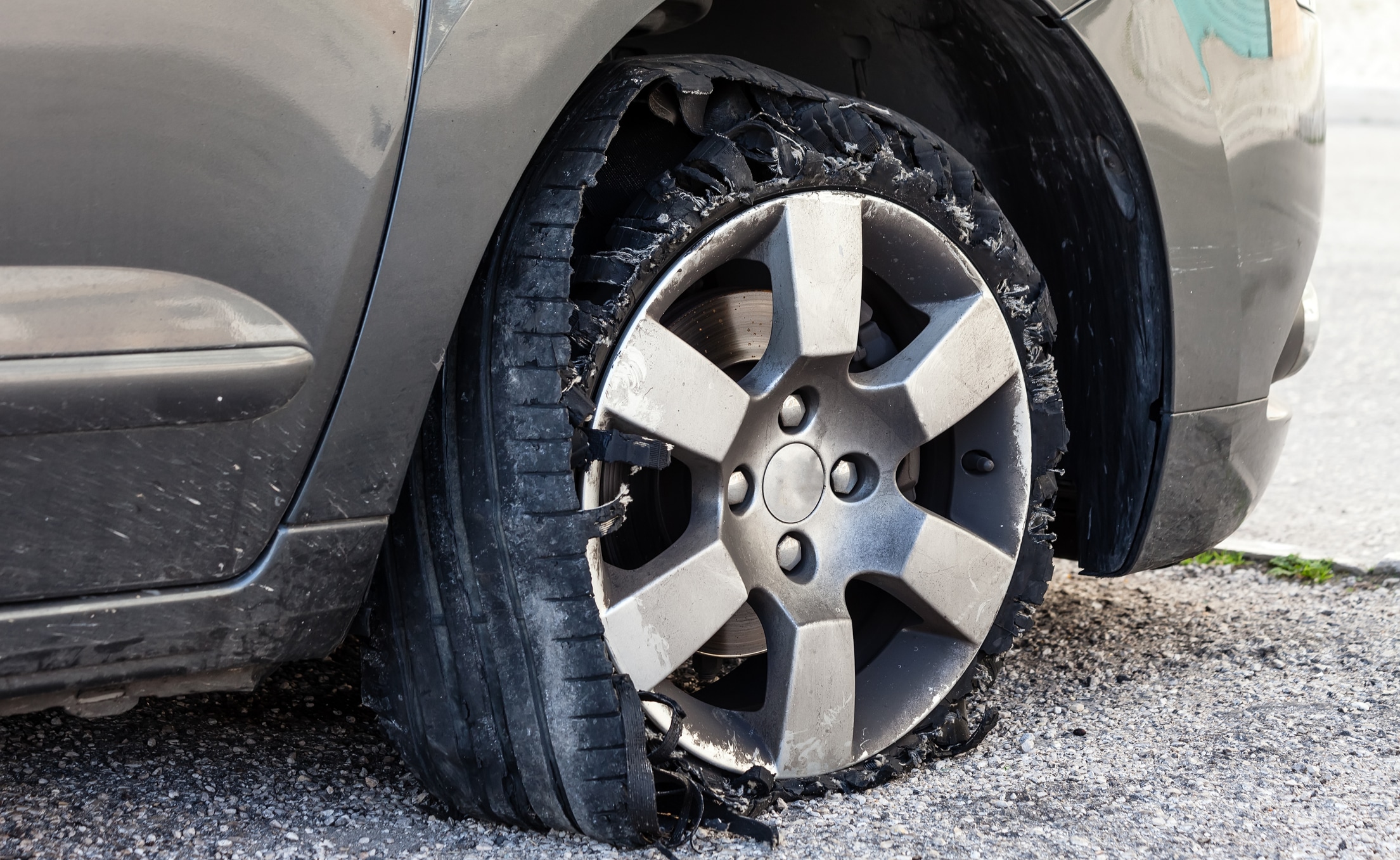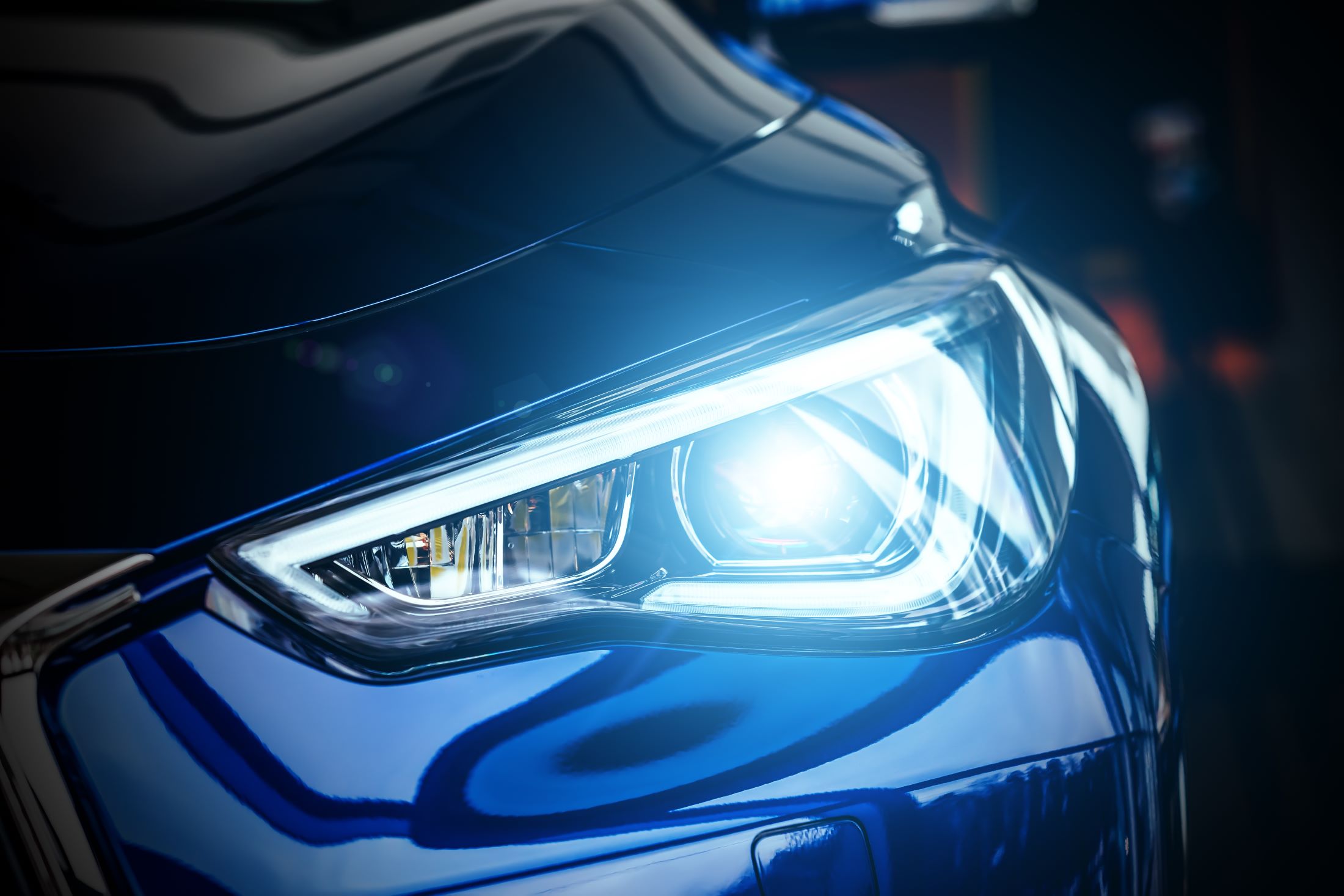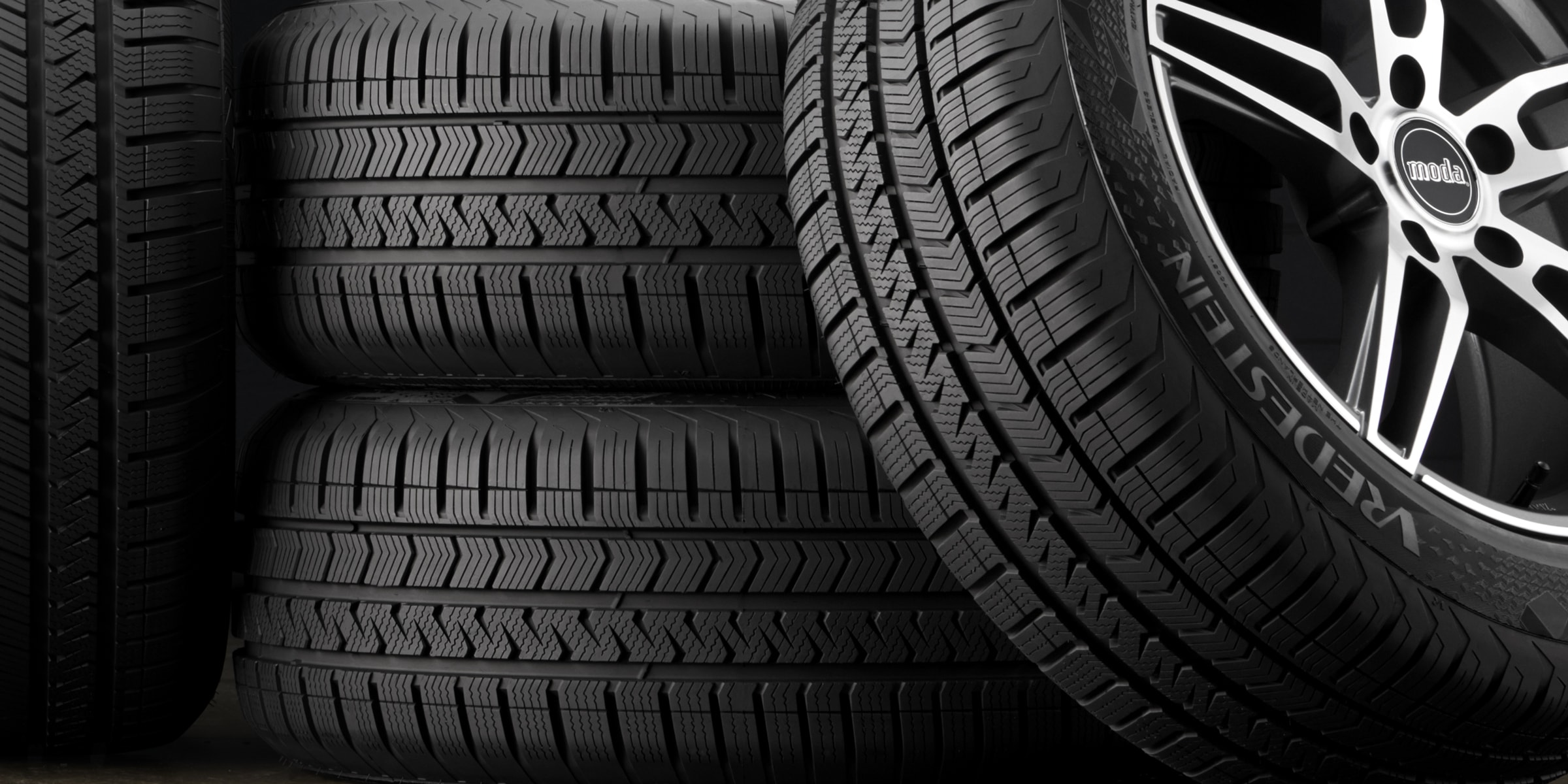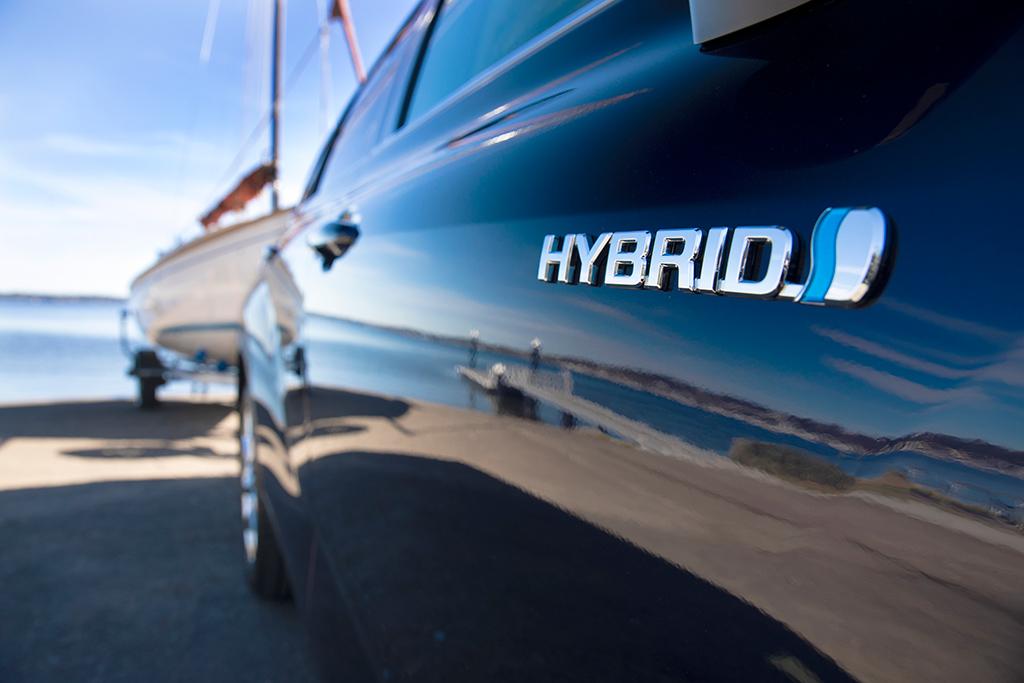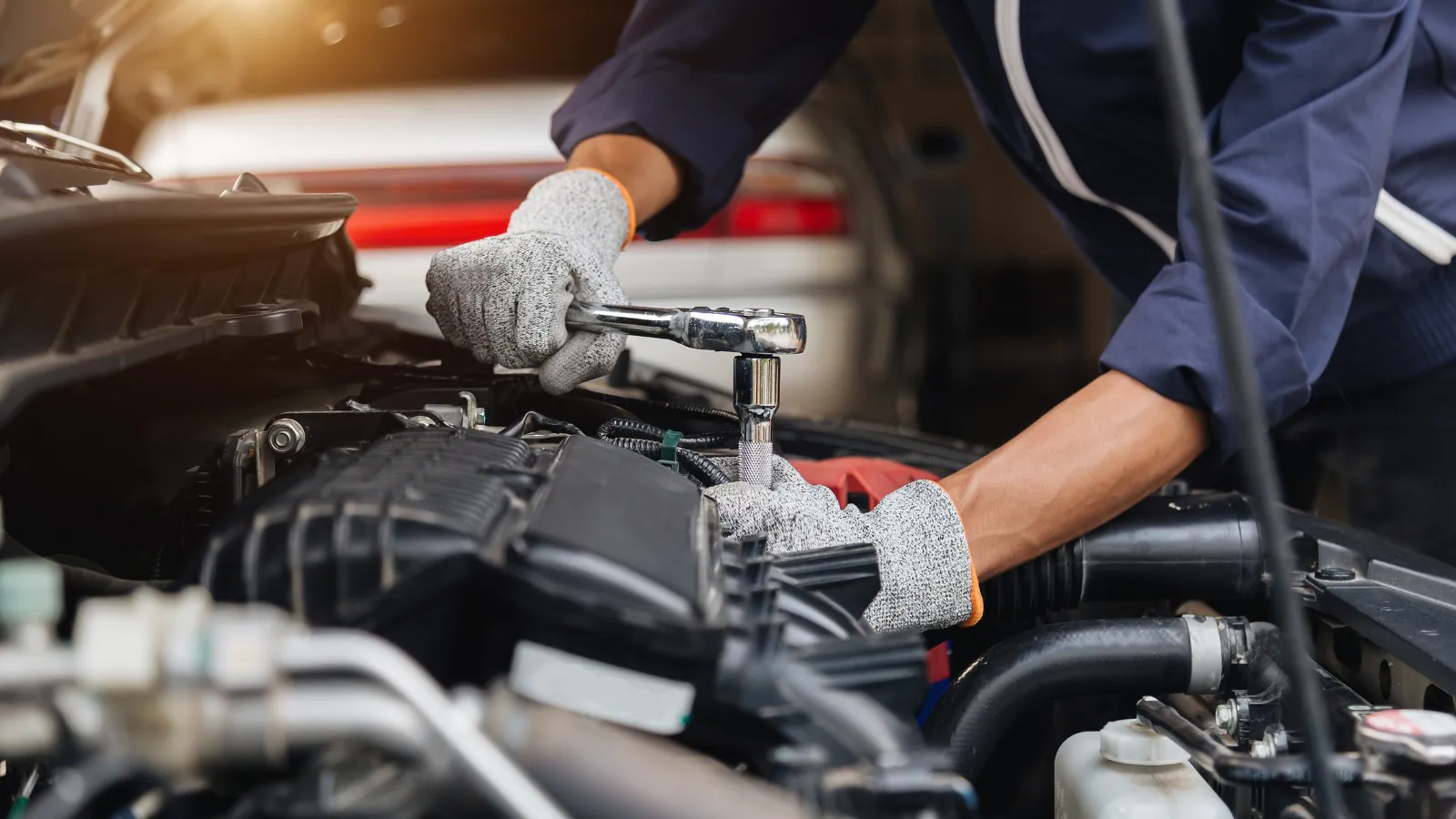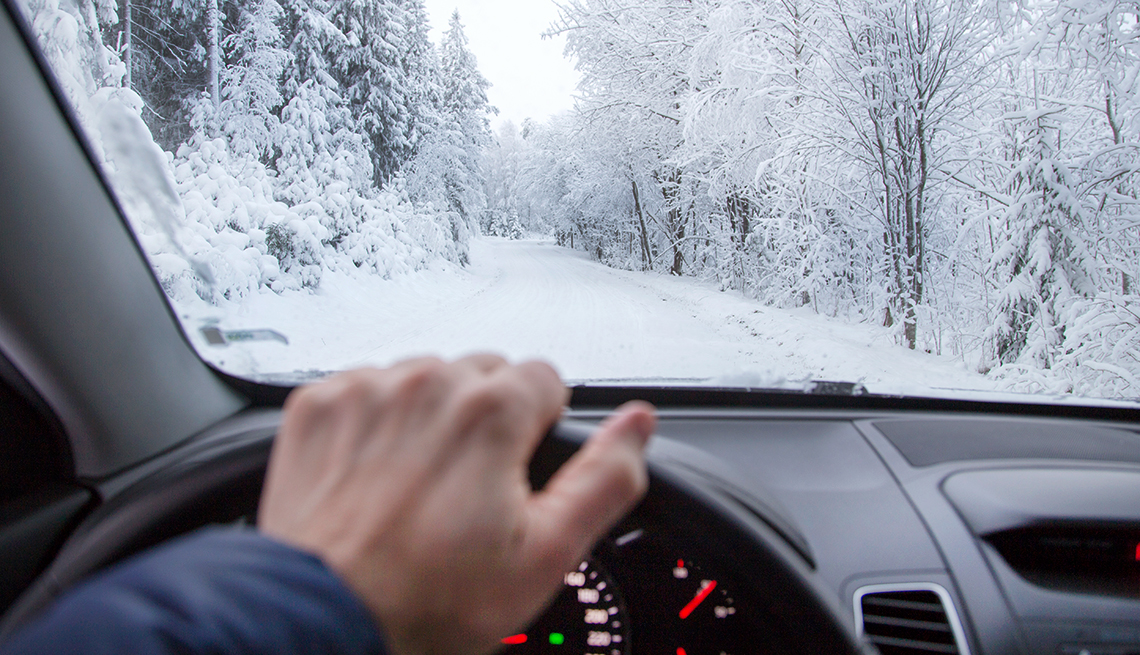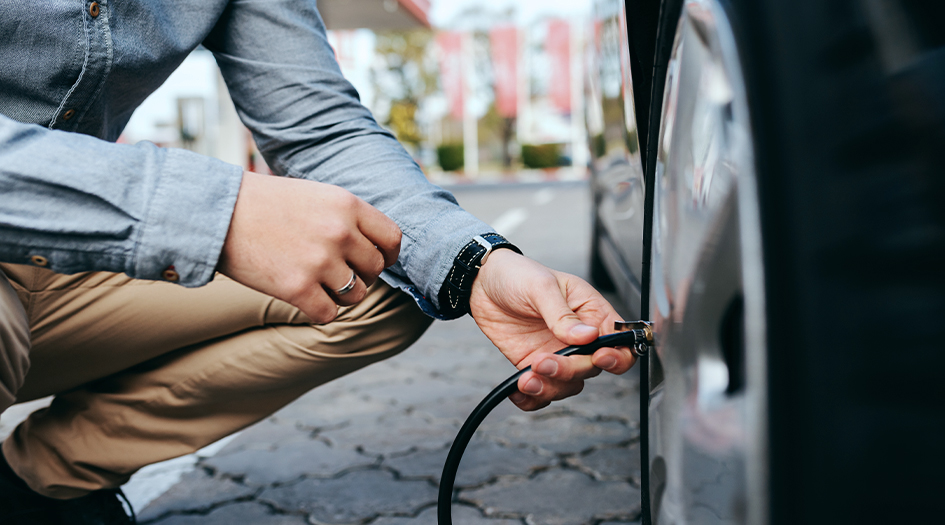s there a bumper sticker or decal on your car that you wish to remove as though it was never there? Luckily, stickers and decals don’t last forever, even if they’re placed on your car’s paint. Eventually, whether you still like the sticker or not, it starts to fade and wear down.
If you take the right steps, you can carefully remove the sticker from your car without causing damage to your car’s paint. While there are a variety of products that can remove the adhesive and make the decal vanish, not all of them will leave your car’s paint unscathed. So, follow these steps closely to make sure your paint job stays protected.
1. Clean It With Soapy Water
Dirt and debris on and around the decal can scratch your car’s paint when you start rubbing off the adhesive residue, so you’ll want to clean it beforehand. Get a cloth or a sponge and some soapy water, and wash the decal and the surrounding area. Or, you can plan to remove the decal after you run through a car wash.
2. Heat It Up
The next step is to heat up the car sticker or decal to weaken and loosen the adhesive. The best tool for the job is a hair blow dryer, as a heat gun is too powerful and could damage your paint job. Find a heavy-duty extension cord if you need to, and set the hair blow dryer to its highest heat setting. Distribute the heat evenly throughout the sticker and be sure to heat the edges of it. Give it a good two minutes of heating before you stop.
Your next best bet is to pour boiling water over the decal to heat the adhesive, but this is a little messy (and hot), and you may need to do it several times to get the job done. However, it will work if you don’t have a hair blow dryer on hand.
3. Peel It Off
You’ll want to do this step immediately after heating up the decal. Have a plastic card on hand, like a rewards card or an old debit or credit card. Whatever you use, it should be plastic, as knives and razor blades can easily scratch the paint. A plastic card is strong enough to release the decal from the paint if you’ve heated it up sufficiently. Use it around all the edges of the decal with the card to try and release it from the car. Once you’ve used the card to release the edges of the decal, you should be able to peel it off using your hand.
4. Use A Glue Removal Product Or Vinegar
Most likely, once the car sticker or decal is off, you’ll still have some adhesive residue on your car. This is perfectly fine because there are plenty of products at your disposal that can get rid of it without hurting your paint. If you have some white distilled vinegar in your kitchen, grab that and apply it to a cloth to rub off the adhesive residue. Or, use an adhesive remover product like Goo Gone, which is a little more heavy-duty. Apply the product to a cloth and rub it onto the area, or follow the instructions on the product label.
5. Wash And Dry The Area
Wash the area with soapy water to remove any residue from the adhesive remover product and to ensure the area is ready to be waxed. Before waxing, make sure the area is completely dry.
6. Wax It
Waxing the area will protect the paint now that the decal is removed and the paint is exposed. Apply a layer of car wax by following the instructions on the product label.
Car Stickers & Decals Done Easier
While it can be done without damaging your paint, there are a lot of steps involved in removing a bumper sticker or car decal. Next time you want to apply something adhesive to your car, there are some tricks you can use that will make the removal process a lot easier in the future.
First of all, if you place the sticker on your rear window instead of on the bumper, you’ll be able to get it off more easily and won’t have to worry about damaging the paint behind it. If you’d rather have the decal positioned on your bumper, you can affix it to a bumper magnet, which can then be put on your vehicle’s bumper. Instead of having to remove adhesive, you can simply remove the magnet whenever you want. If you do place a sticker or decal directly on your car’s paint, be sure to wash, dry and wax the surface before applying it, so that the paint is protected and the removal is easier.
(https://accuratesigns.net/)

